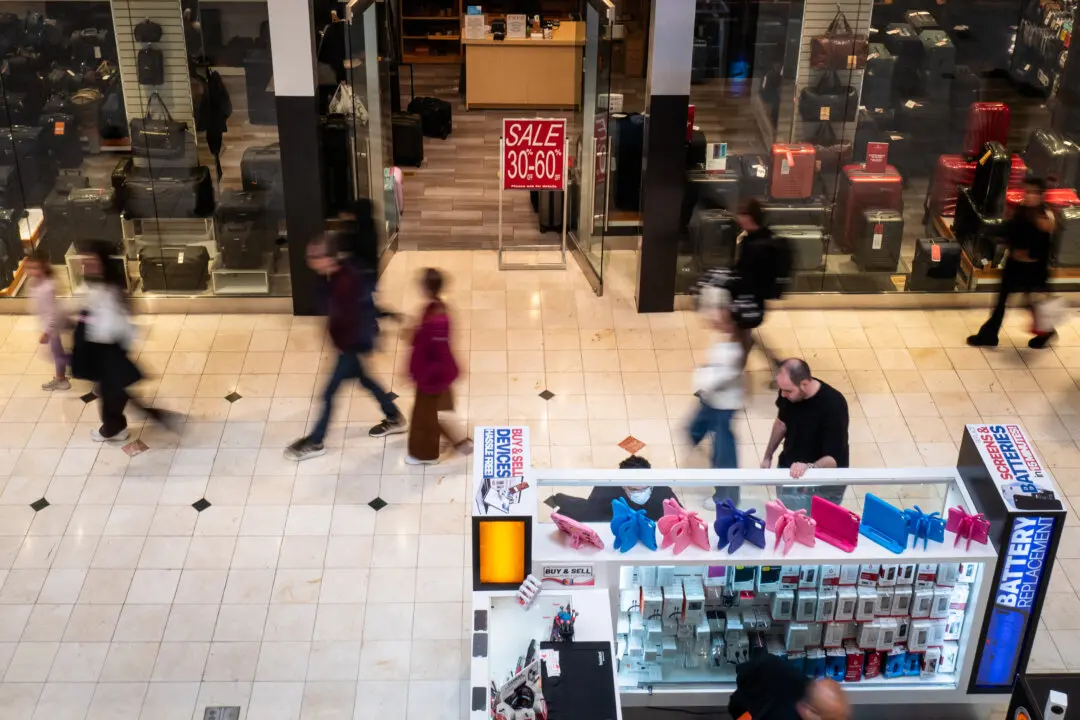Small businesses in the United States are going through hard times, struggling to generate revenue and in poor financial condition after more than two years since the COVID-19 pandemic broke out, reveals a report jointly published by 12 Federal Banks.
“Many small businesses have not recovered to pre-pandemic levels, in terms of both revenue and employment, with the effects of the pandemic hitting disproportionately hard among firms in the leisure and hospitality sector, smaller firms, and firms owned by people of color,” said the Small Business Credit Survey (SBCS) report (pdf).





